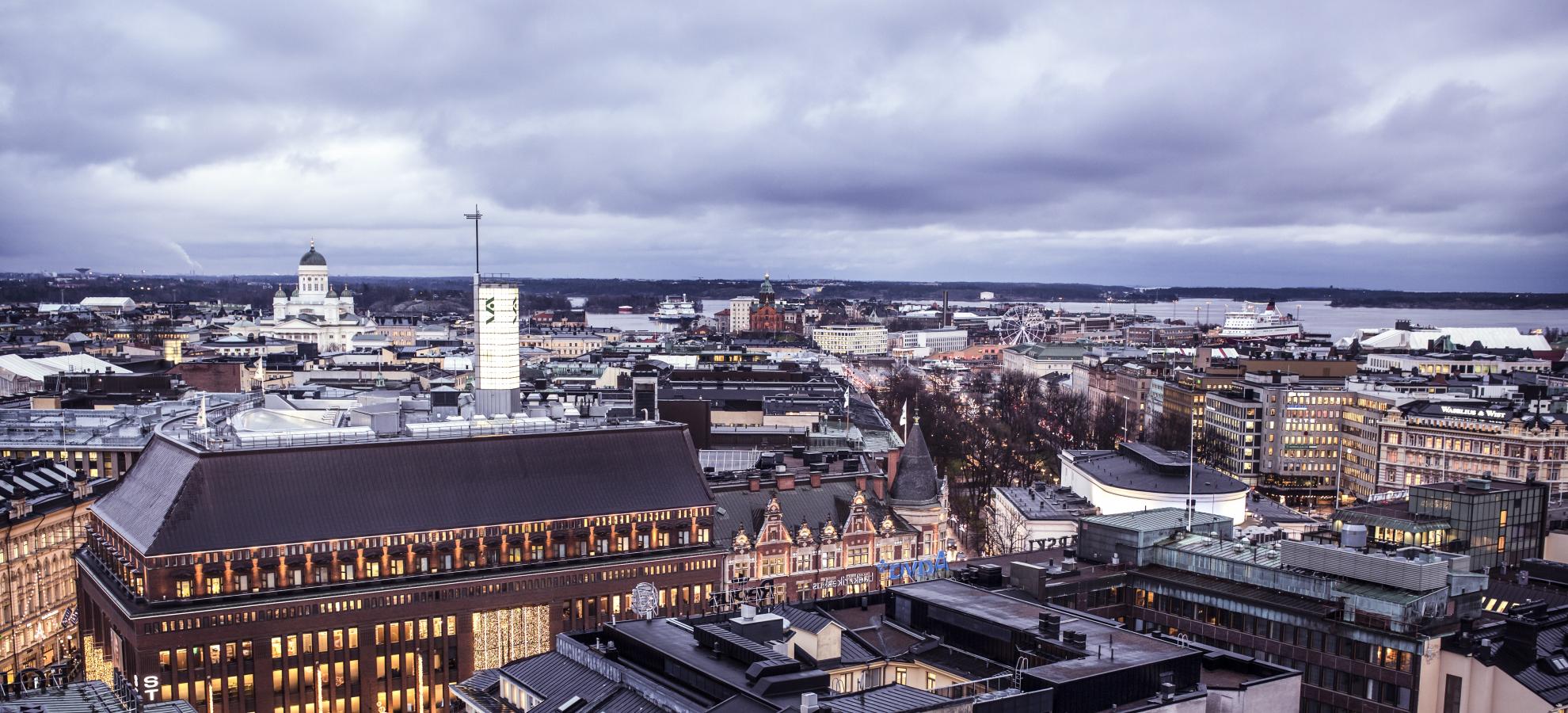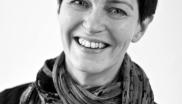
Kamppi is the heart of the Finnish music scene: more than half of the city's live music venue capacity is filled here. In addition, many music-related operations are managed here, from record companies to festival headquarters. Musicians and music industry professionals meet in the district's restaurants, and the Urho Kekkosen katu stretch has even been nicknamed Rock and Roll Street. If you add to the equation all the other offerings, it is safe to say that Kamppi has culture for all the senses.

Kamppi is a district in the middle of downtown Helsinki. Often, the name Kamppi refers to only the northern side of the area, where for example the Tennis Palace and the Kamppi Shopping Centre are located. Officially, however, Kamppi also includes the western side of Mannerheimintie starting from Bulevardi. The district has around 12,000 inhabitants.
The name Kamppi derives from the Swedish Kampen, which referred to the military training field in the area. Kamppi was mainly built into a wooden house district for workers, although the houses surrounding Bulevardi were quite luxurious. The Old Church Park was formerly a cemetery where many Helsinkians were buried after the 1710 plague epidemic, hence the nickname Ruttopuisto ('Plague Park').
The functionalist landmark buildings Lasipalatsi ('Glass Palace') and Tennispalatsi ('Tennis Palace') were built in the mid-1930s in an effort to boost the profile of the city, which was under consideration to host the Olympic Games. The games were finally organised in Helsinki in 1952 and the Tennis Palace halls were used as practice areas for basketball. These days, the building hosts the HAM Helsinki Art Museum as well as the largest multiplex cinema in the country. The Amos REX art museum opened to the public by Lasipalatsi in 2018.
The busiest spot in Kamppi is the Kamppi Centre, which opened in 2006. The complex has become a meeting point for young people and includes a shopping centre, a bus terminal, metro station, plenty of restaurants, as well as apartments.
Kamppi stretches all the way to the Hietalahti Market Square and the sea. The long street called Fredrikinkatu is dotted with little shops and sights on Kalevankatu include old wooden houses. The area also has many office buildings as over 26,000 people work there daily. The Hietalahti Market Hall graces the market square and boasts numerous restaurants. The working class past of Kamppi is never far: the wooden houses called Sadan markan villat ('One hundred mark villas') are still lived in.
